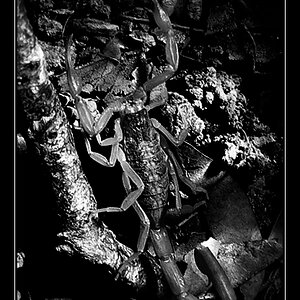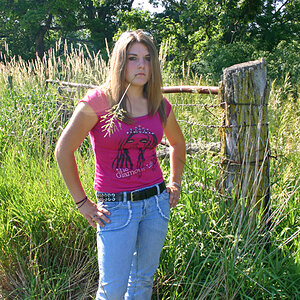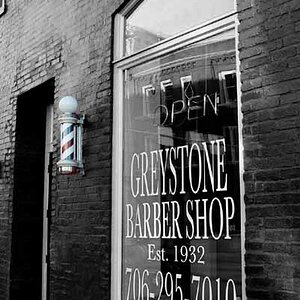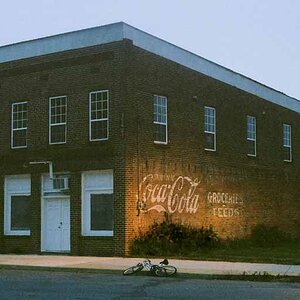For those who shoot with Canon...
I am looking at the Sigma 100-300 mm f/4 vs. the Canon 100-400 mm f/4.5-5.6L (....I know, the f/2.8 is better but I can't afford that right now).
I've heard the Sigma hunts a bit when focusing and I am shooting outdoor sports, so that would be an issue.
Question #2: how much of a difference is there between f/4 and 4.5?....so how much do you gain with the Sigma as opposed to the Canon?
Any feedback is appreciated.
Thanks!
I am looking at the Sigma 100-300 mm f/4 vs. the Canon 100-400 mm f/4.5-5.6L (....I know, the f/2.8 is better but I can't afford that right now).
I've heard the Sigma hunts a bit when focusing and I am shooting outdoor sports, so that would be an issue.
Question #2: how much of a difference is there between f/4 and 4.5?....so how much do you gain with the Sigma as opposed to the Canon?
Any feedback is appreciated.
Thanks!




![[No title]](/data/xfmg/thumbnail/32/32636-5a159481dcab8aaf87f2d7b501496db1.jpg?1619735554)




![[No title]](/data/xfmg/thumbnail/42/42351-b976e32171d0405397bf5237bc4b902e.jpg?1619740148)




![[No title]](/data/xfmg/thumbnail/30/30995-7e48e5498fe9a56ea3d405cf87f3a1ec.jpg?1619734558)
